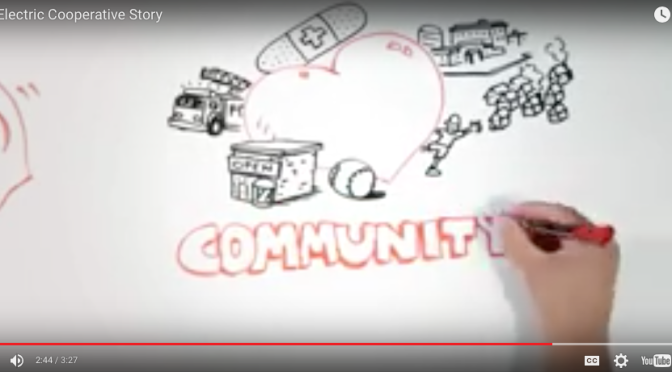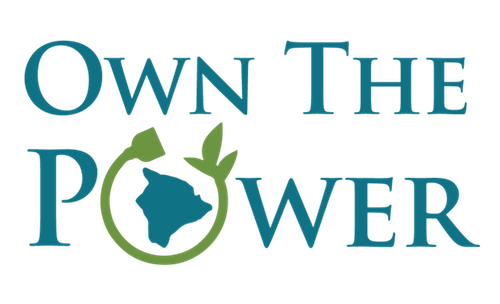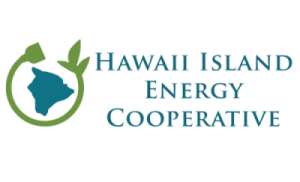I want to ask you to take a couple hours out of one evening and do something important.
This is probably, truly, the only chance in our lifetime to change our public utility and impact our future generations so positively. If you only ever do something like this once, this is the time.
The PUC wants to know what the public thinks about the proposed NextEra/HEI merger before it holds its formal hearings in late November. PUC members will be at Hilo High School on September 29th, and at Kealakehe High School on September 30th for “public listening sessions.” Both meetings will be at 6 p.m. in the school cafeteria.
Please speak up at one of these meetings and support the Hawai‘i Island Energy Cooperative (HIEC). It’s important we show up in numbers and let them know this matters to us.
The first PUC public listening session was held on Maui recently, and, even though it was scheduled on Labor Day weekend, Civil Beat reports more than 200 people showed up.
Here’s some background on HIEC: After the proposed NextEra/HEI merger was announced, some grassroots people put together a co-op model to run the Big Island’s electric utility, like Kaua‘i has had for 12 years now.
Although there was no willing seller, we decided to prepare in case the opportunity arose to purchase the Big Island’s electric utility. We raised money and hired professional people to help us enter the PUC discussions and get out the word. We are not against either NextEra or HEI/HECO, but are offering an alternative business model we think is best for our children and their children’s futures.
We think the co-op business model best prepares us for a changing future. The motivation is to keep costs low, not make profits for shareholders. And because it is run by a board of local people with staggered terms, it takes into account both community concerns and local perspectives of aloha ‘aina.
A co-op considers multiple energy issues – ground transportation, fertilizer and food, as well as electricity, which is why it’s called the Hawai‘i Island Energy Co-op. We operate with a broad view.
Also, instead of just maintaining the status quo, could we actually become competitive with the rest of the world? Because high costs force us to consider energy options not on the mainland’s radar, we even have the potential to lead the nation. Two-thirds of our economy is made up of consumer spending. Think how a money-saving energy co-op could improve the Big Island’s standard of living, and, more importantly, our grandchildren’s.
It also teaches future generations to adapt to change, and gives a world view that, “Not no can; CAN!”
Officially, HIEC is “a Hawaii-registered 421C non-profit cooperative association, was formed by community and business leaders on the island to explore and promote a comprehensive approach to develop an integrated, renewable and sustainable energy strategy for the Big Island of Hawaii.” You can read more about the merits of a community-based, cooperative ownership structure for electric utility service, and see the HIEC advisory board, here. Read our frequently asked questions.
Please put one of those dates on your calendar now, attend one of the Big Island listening sessions, and let the PUC know you support the Hawai‘i Island Energy Cooperative.
- Tuesday, 9/29 6 p.m. Hilo High School cafeteria
- Wednesday, 9/30 6 p.m. Kealakehe High School cafeteria




